How do we tackle the growing crisis of “superbugs” – bacteria that are resistant to antibiotics? This column describes an international effort to save the life of one of the authors from a life-threatening bacterial infection. The solution was phage therapy – a forgotten hundred-year-old cure – that cleared the infection and led to a full recovery. More basic and clinical research is needed to advance this field, and new regulatory pathways are needed to oversee the therapeutic use of phages and other natural products.
We are on the cusp of a post-antibiotic era. Due to overuse among livestock and humans, and globalization that can quickly disseminate infections, antibiotics are increasingly impotent against multi-drug resistant (MDR) bacteria, termed “superbugs”. Since 1961, when methicillin-resistant Staphylococcus aureus (MRSA) was identified, superbugs have evolved to become a global threat.
A 2016 United Nations General Assembly declaration warned that by 2050, 10 million people could die each year from superbug infections with a cumulative total cost of US $100 trillion unless urgent action is taken. With fewer pharmaceutical companies willing to invest in new antibiotics, which can take years to develop, how do we tackle the superbug crisis?
We describe an international effort to save the life of one of the authors (Tom Patterson) from a life-threatening MDR bacterial infection. The solution was phage therapy – a forgotten hundred-year-old cure.
Our story is unconventional in every way, and dramatic both personally and globally. In November 2015, two of us (Steffanie Strathdee and Tom Patterson, husband and wife, both researchers) were on vacation in Egypt when Tom fell seriously ill with gallstone pancreatitis. By the time he was airlifted home and admitted to the Thornton hospital intensive care unit at the University of California, San Diego (UCSD), he harbored a large abdominal abscess infected with MDR Acinetobacter baumannii – a superbug that the WHO has designated the #1 “critical priority pathogen” threat to human health.
The strain infecting Tom had become resistant to every antibiotic he could tolerate. He was too weak for surgery. Doctors attempted to drain his abscesses with abdominal catheters. However, an internal drain slipped inside Tom’s abdominal cavity, spilling the infected fluid into his bloodstream and sending him into septic shock. He was placed on a ventilator and multiple medications to keep his heart from failing. He slipped in and out of a coma for the next two months as his body tried desperately to fight the infection.
Realizing her husband was dying, Steffanie explored alternative therapies. A hundred years ago, researchers discovered viruses that attack bacteria (bacteriophages or phages). Phages are the oldest and most populous organism on the planet, residing in our microbiomes, and plentiful in sewage. Early phage therapy studies reported some success, but when penicillin was discovered, phages fell out of favor except in some parts of Eastern Europe.
Phage therapy is not licensed in the US. Undeterred, Steffanie approached her colleague, Chip Schooley, Chief of Infectious Diseases at UCSD, who was part of Tom’s care team. He agreed to attempt phage therapy if she could find some phages that were active against Tom’s bacteria.
Steffanie cold-called phage researchers asking for help. Ry Young, Director of the Center for Phage Technology at Texas A&M, enlisted lab members including Jason Gill and Adriana Hernandez-Morales who tested Tom’s bacterial isolate against their phage library and approximately 100 “environmental” (i.e. sewage) samples. Ry also launched an international “phage hunt”. The response was overwhelming.
Researchers from Belgium, Switzerland, the Republic of Georgia and biotech companies in the US and India freely offered phages. An official at the US Food and Drug Administration (FDA) connected Chip with Lieutenant Commander Theron Hamilton at the Biological Defense Research Directorate of the Naval Medical Research Center who also agreed to assist.
Within three weeks, Ry’s and Theron’s teams had each prepared cocktails of four phages matched to Tom’s bacterial isolate. Carl Merril, a retired NIH phage researcher, advised on dosing and routes of administration. Colleagues from San Diego State University (including Jeremy Barr and Forest Rowher) purified the phages according to the FDA’s specifications.
On March 15, 2016, Tom was on the verge of multi-system organ failure, but thankfully the phages were ready and the FDA granted an emergency approval for an Emergency Investigational New Drug. The UCSD team began injecting the Texas phage cocktail into Tom’s abdominal catheters, and two days later, began infusing the Navy phages into his bloodstream.
On March 20, Tom woke up and began recovery. When his bacterial isolate became resistant to the initial phage cocktails, the Navy team generated and purified a second phage cocktail within days.
Tom is believed to be the first successful documented case of intravenous phage therapy used to treat a systemic superbug infection in the US. His infection cleared within three months of phage therapy and he fully recovered.
We offer a number of lessons from this extraordinary case.
First, phage therapy warrants a fresh look as a potentially personalized treatment against MDR bacterial infections. More basic and clinical research is needed to advance the field, and new regulatory pathways are needed to oversee the therapeutic use of phages and other natural products.
Second, the medical establishment and funding agencies need to overcome their implicit bias against unconventional treatments like phage therapy, which was first studied prior to the dawn of modern clinical science and molecular biology.
Third, pharmaceutical and biotech companies are urged to consider how co-administration of phages with antibiotics could be synergistic.
Finally, we concur with the United Nations General Assembly declaration calling for multi-sectoral and cross-sectoral efforts (e.g. human and veterinary medicine, agriculture, finance, environment, industry, and consumers) to tackle the global superbug crisis.
Our story of the successful international effort to save a man’s life by leveraging expertise at three universities, the US military, the FDA, a global research network, and the private sector is an example of global health diplomacy. The most pressing global health challenges require mechanisms to rapidly employ actors at multiple levels and use creative ways to overcome logistical hurdles that impede progress towards shared goals.
With the growing threat of antimicrobial resistance, millions of lives are at stake, especially in lower and middle-income countries that bear the brunt of superbug infections. The story of how our lives collided with the strange history of phage therapy brings this forgotten cure to the fore. It is time to “turn the phage” on antibiotics.
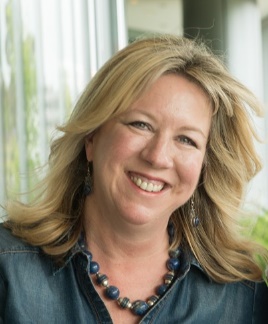
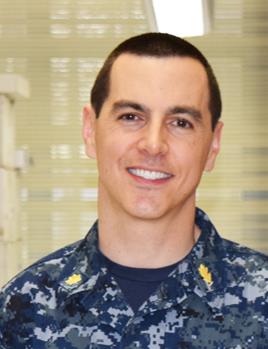
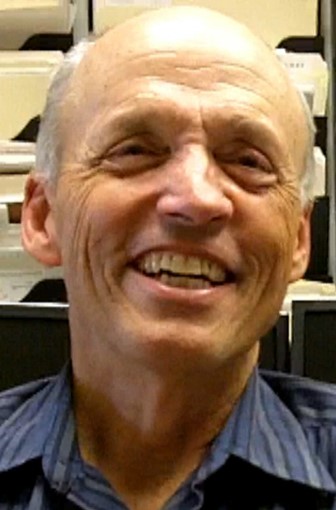
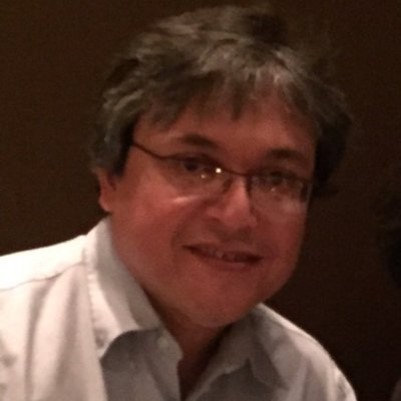
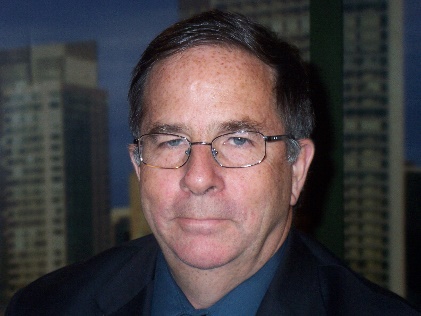
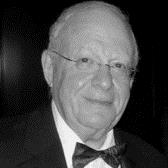
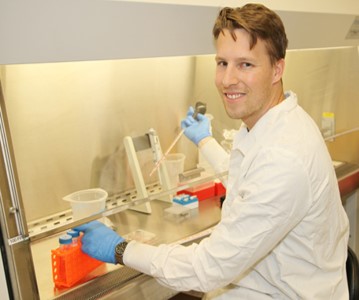
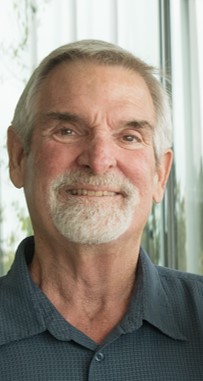
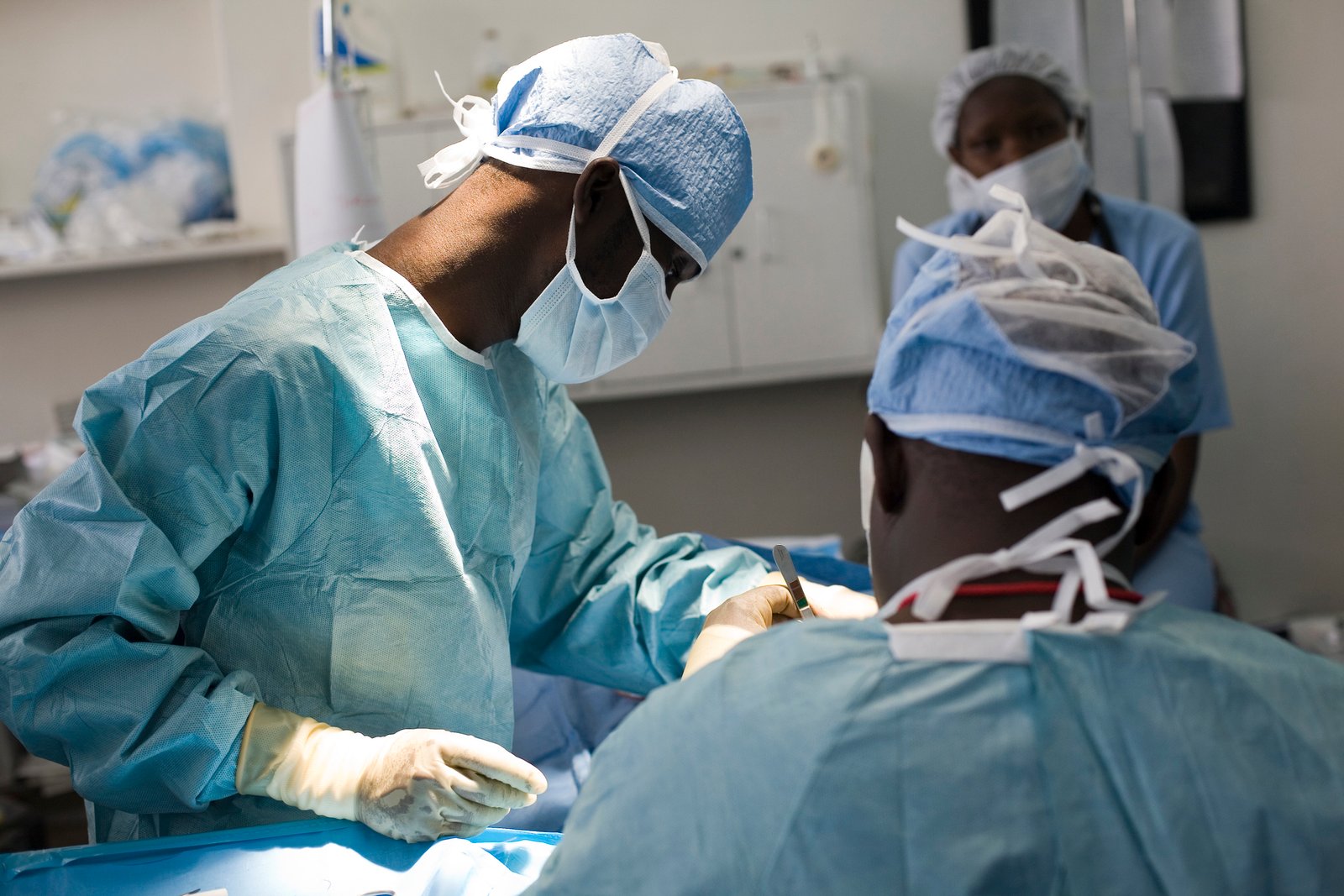
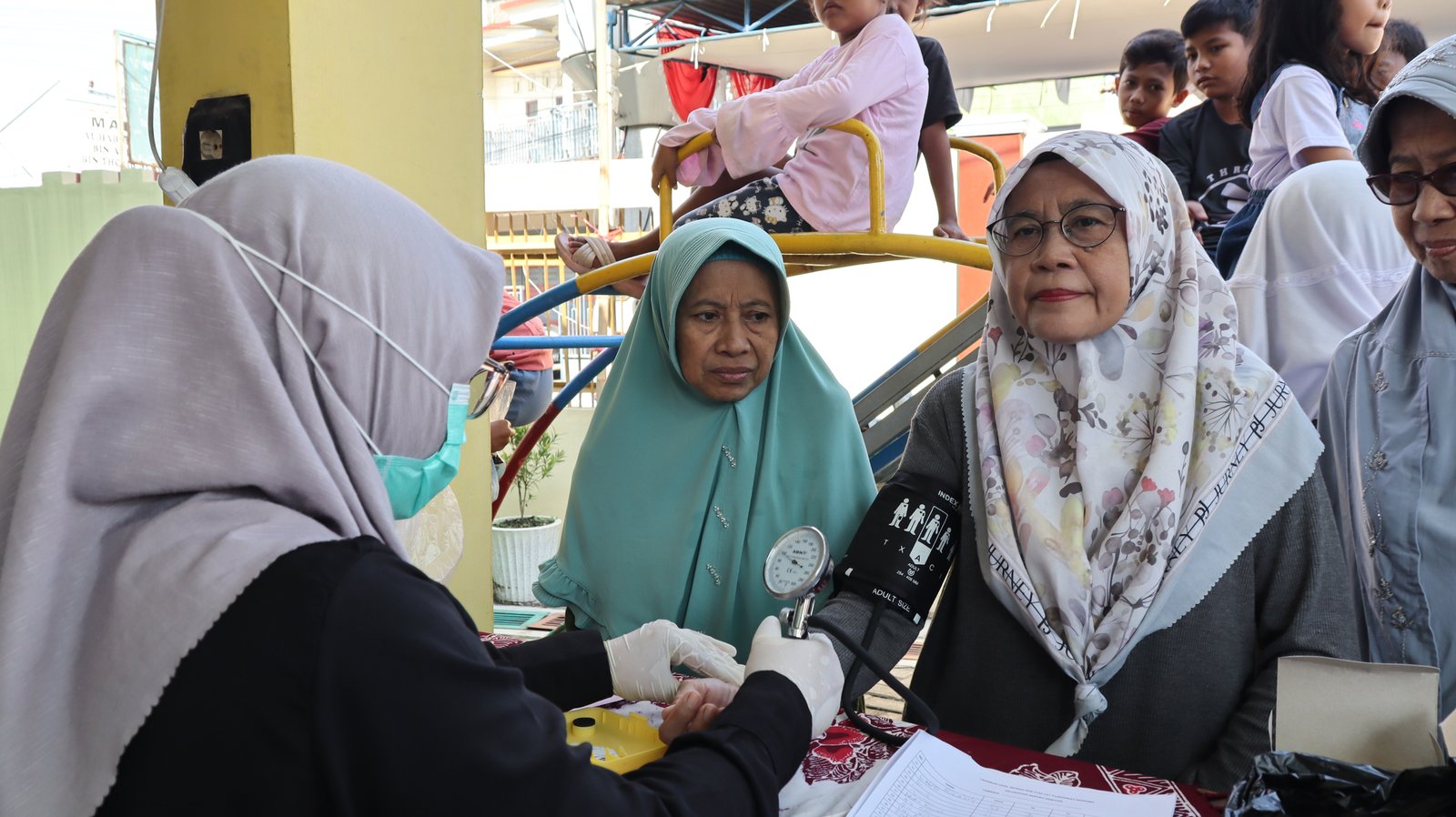
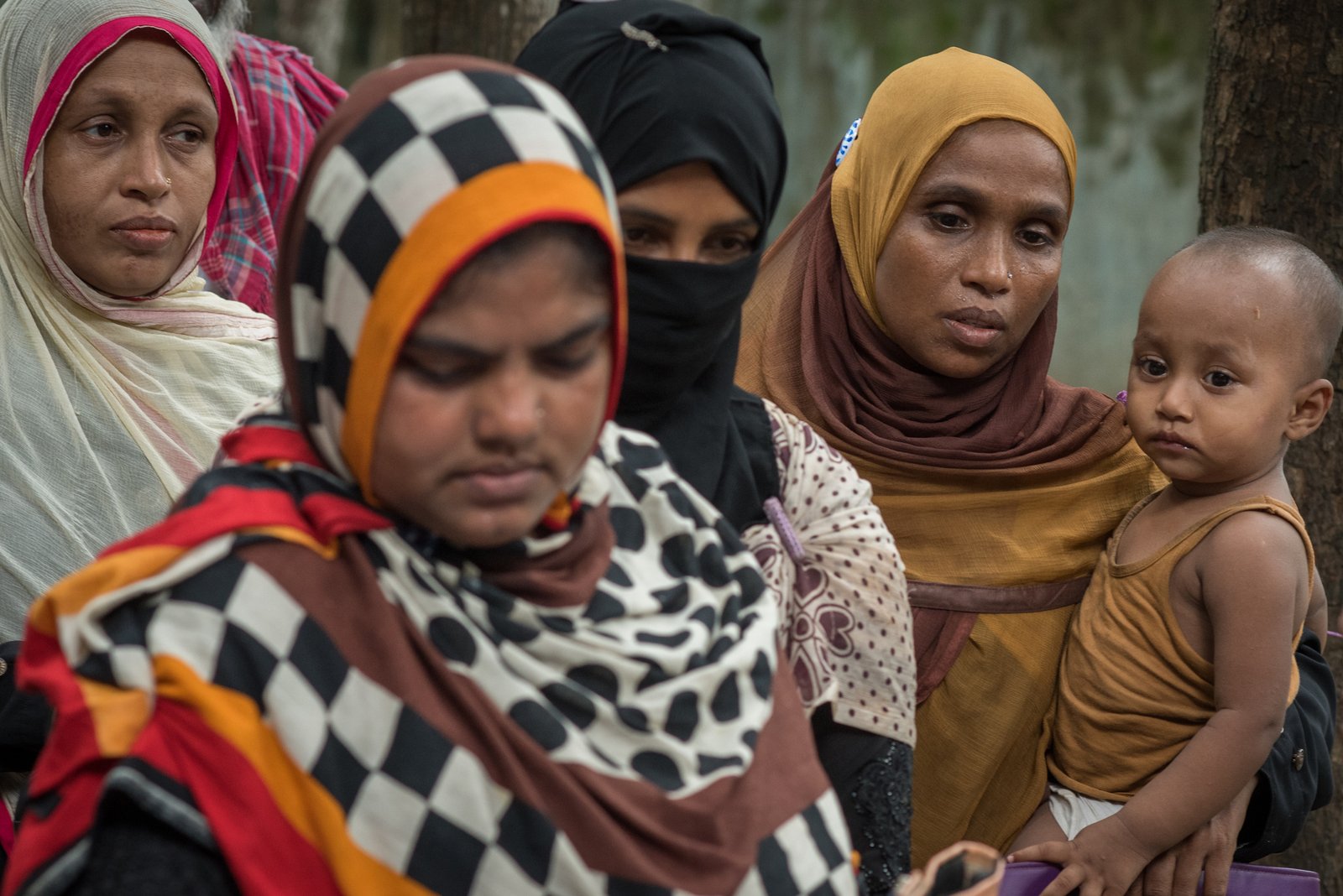



Still an awe inspiring story
Still an awe inspiring story of love, courage and scientific collaboration overcoming a deadly threat and stimulating a new field of treatment in the post-antibiotic era.
Hello my daughter just turned
Hello my daughter just turned 29. She has been battling a UTI for 8 months. Early on, after 3 treatments of antibiotics, she has a reaction to the 4th round of antibiotics. One of her doctors told told her that women sometimes just have this problem, he couldn’t really help her. New doctor – She has had an ultra-sound which ruled out fibroids and endometriosis. To keep from rambling, where can we go to see if this phage therapy might work for her. She is in terrible pain and is using pain pills. (Ibuprophen does not ease the pain.)
The story behind this blog is
The story behind this blog is now a book. Check out https://ThePerfectPredator.com